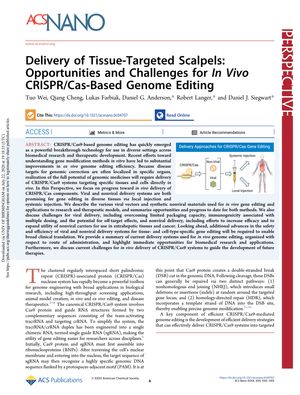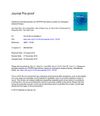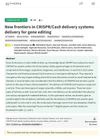Delivery of Tissue-Targeted Scalpels: Opportunities and Challenges for In Vivo CRISPR/Cas-Based Genome Editing
July 2020
in “
ACS Nano
”

TLDR Using CRISPR for gene editing in the body is promising but needs better delivery methods to be more efficient and specific.
The document from July 22, 2020, discusses the advancements and challenges in delivering CRISPR/Cas9 systems for in vivo genome editing. It covers both viral and nonviral delivery methods, with viral vectors facing issues such as limited capacity, immune responses, complex production, and off-target effects, while nonviral systems, like nanoparticles and lipid-based carriers, need improvements in efficiency and specificity. The paper also details various nonviral delivery methods targeting different tissues, with examples of successful gene editing in mice models for conditions such as tumors, Alzheimer's, Duchenne muscular dystrophy, genetic hearing loss, and eye diseases. It emphasizes the need for further development of delivery systems to fully harness CRISPR/Cas9's therapeutic potential, despite challenges like achieving high efficiency, specificity, and avoiding immune responses.





